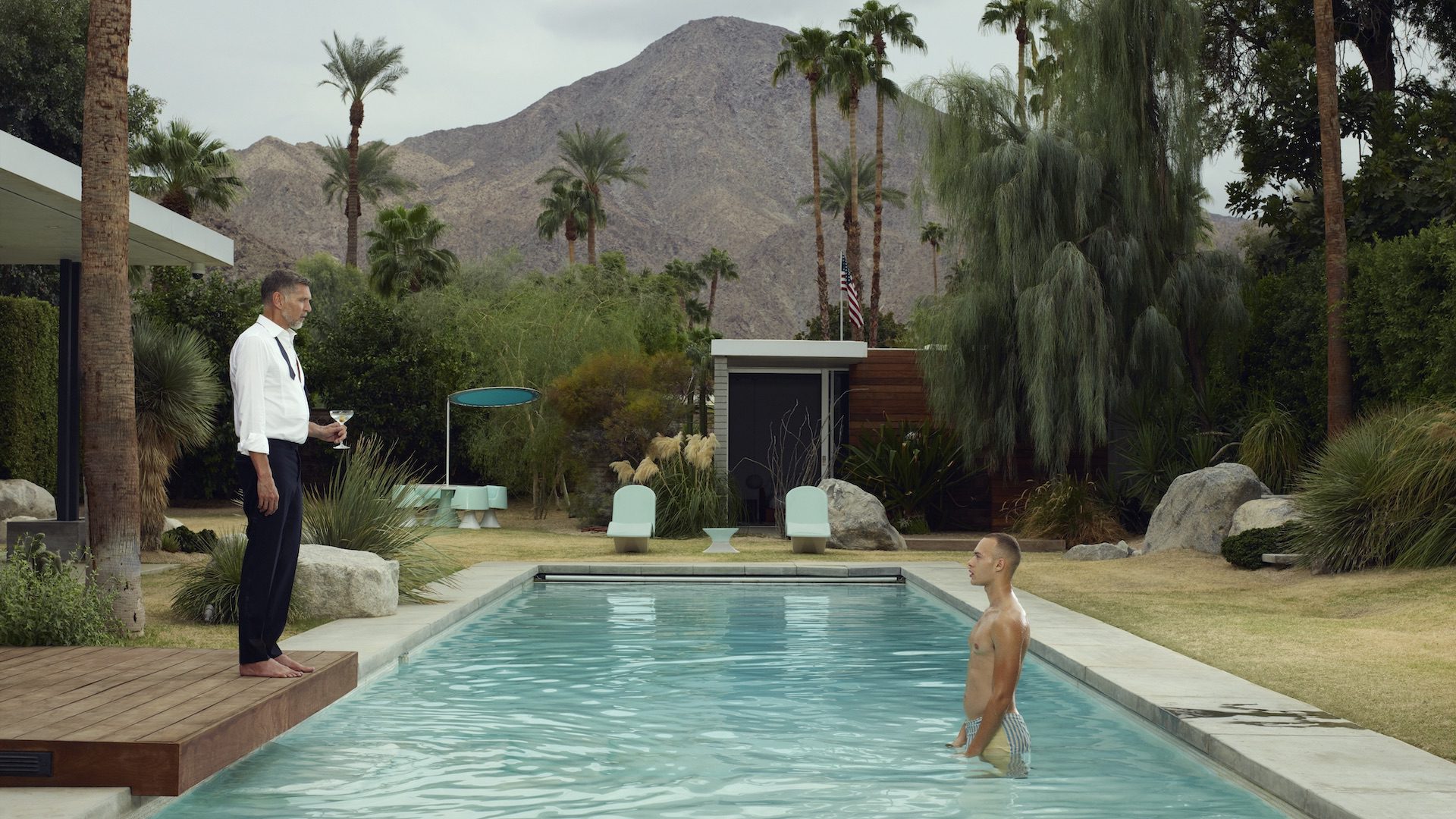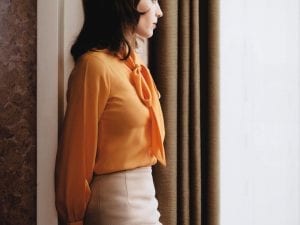One artist can change the way we see the world. In the case of Erwin Olaf, that transformation is both intimate and global. His photographs do more than capture a moment; they interrogate the spaces we inhabit, the identities we perform and the unspoken tensions that surround us. Olaf’s influence extends across continents, from meticulously staged domestic interiors in his early Dutch work to politically charged, cinematic portraits that have been exhibited in New York and Shanghai. His work invites reflection on society’s codes, conventions and the fragility of human emotion.
Born Erwin Olaf Springveld in 1959 in Hilversum, Netherlands, Olaf embarked on a career that would see him redefine contemporary photography. Initially drawn to photojournalism, he soon gravitated towards the deliberate construction of images, recognising that photography could be more than documentation. Early in his career, he demonstrated an unflinching willingness to confront subjects that many photographers avoided, combining precision with provocation. Over decades, he cultivated a visual language that fused theatricality with psychological depth. In 2019, the Rijksmuseum acquired more than 500 of his works, recognising the significance of his contribution to Dutch culture, and that same year he was knighted in the Order of the Lion of the Netherlands. Olaf’s legacy was secured even before his untimely death in 2023, yet the first major exhibition following his passing, Erwin Olaf – Freedom at the Stedelijk Museum, feels like a moment of collective reckoning.
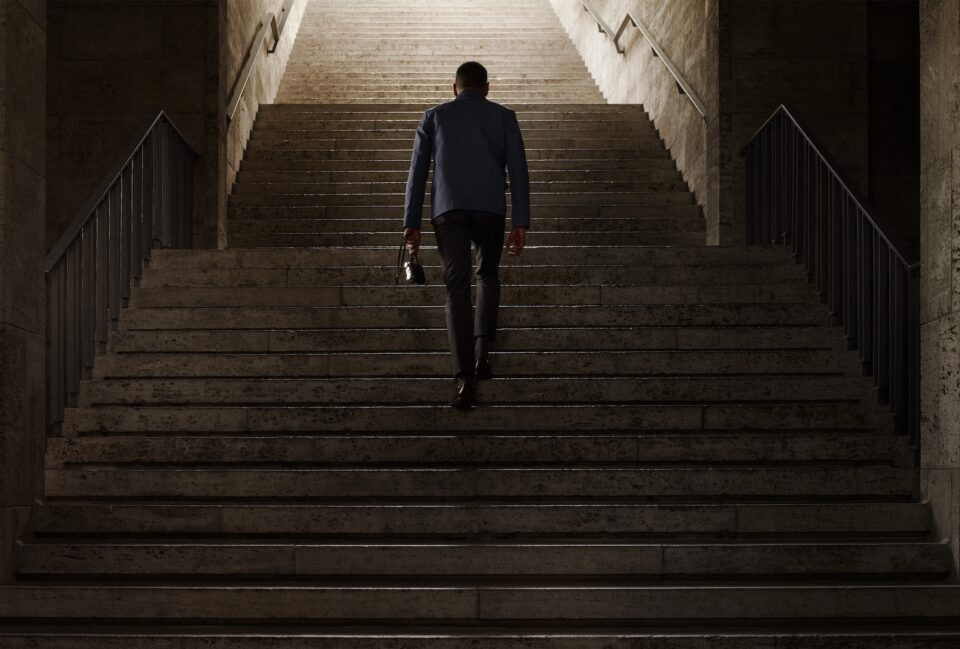
The retrospective, which opened in early October, is an immersive journey through Olaf’s career. It brings together his most iconic series, demonstrating both the breadth of his vision and the consistency of his thematic concerns. Grief, perhaps one of his most haunting bodies of work, captures the intimate weight of sorrow through meticulously composed images that emphasise absence as much as presence. Every shadowed corner, every frozen expression, seems to speak of a universal vulnerability. Meanwhile, Rain confronts social mores, depicting intimacy in its private and public dimensions with a subtle but disarming confrontation. Berlin juxtaposes the opulence of the Weimar Republic with modern austerity, creating a dialogue between past and present that is as visually stunning as it is intellectually provocative. In each series, Olaf’s manipulation of light and colour elevates his work from photography to a kind of living tableau, where each frame invites viewers to consider the tensions beneath the surface of ordinary life.
The exhibition’s curation highlights his dual ability to construct visually perfect images while simultaneously confronting difficult and often uncomfortable realities. Visitors move seamlessly from intimate portraits to elaborate cinematic compositions, witnessing an oeuvre that spans decades yet maintains a coherent and compelling voice. Olaf’s work reflects a relentless curiosity about the human condition, which resonates profoundly when one encounters the exhibition in its entirety.
Olaf’s contemporaries illuminate the wider discourse in which his work participates. Gregory Crewdson’s suburban tableaux echo Olaf’s meticulous staging, revealing the surreal undercurrents of everyday life and the latent anxieties of domestic spaces. Cindy Sherman, renowned for her self-portraits, interrogates the construction of identity in ways that parallel Olaf’s own explorations of persona, façade and vulnerability.
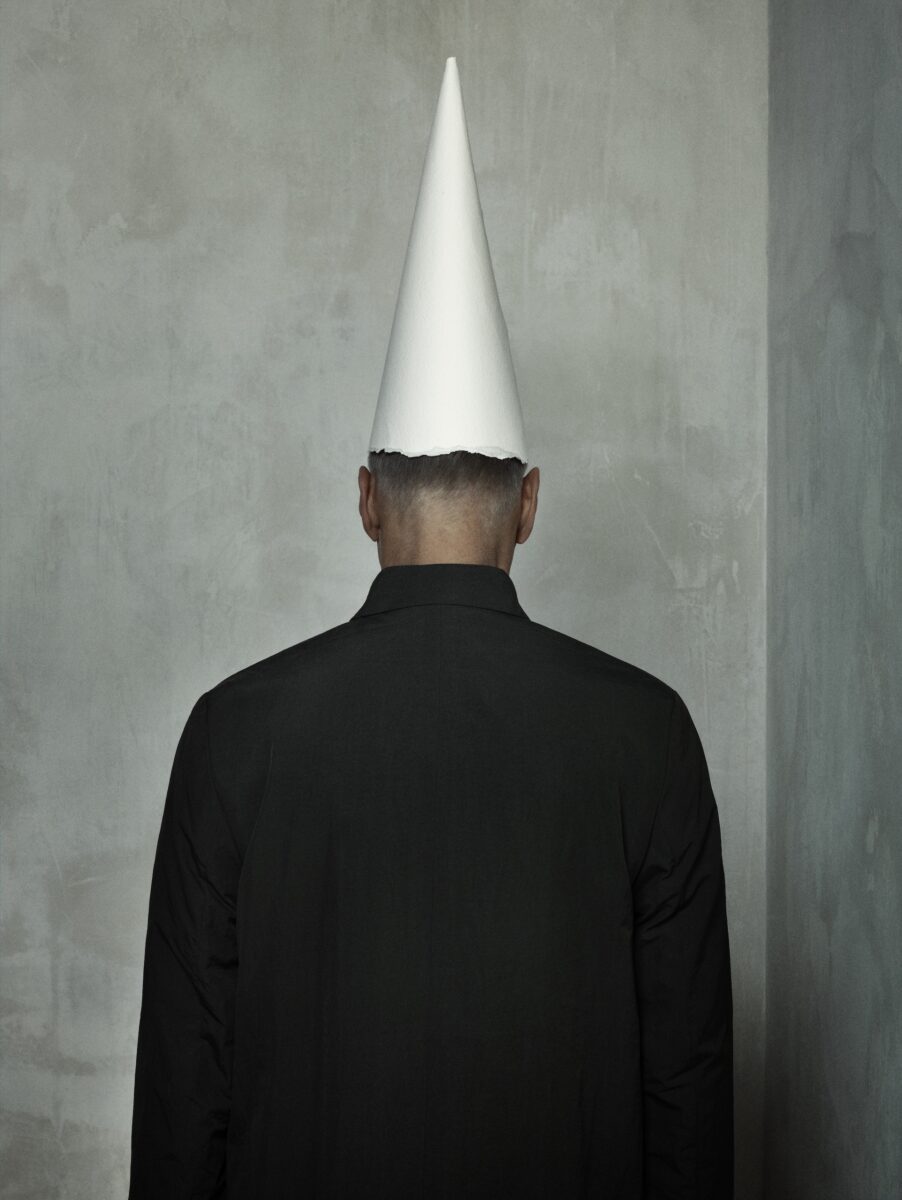
Nan Goldin, whose intimate documentation of friends, lovers and marginalised communities captures life’s most raw and private moments, similarly investigates the tension between public and private life, revealing the unvarnished realities of human emotion with a tenderness and directness that resonate with Olaf’s thematic concerns. Meanwhile Thomas Struth, with his large-scale, methodical portraits and cityscapes, examines the intersection of individual presence and social environment, creating a dialogue about identity, collective experience and the spaces we inhabit. Together, these artists chart a trajectory in which photography functions as both social critique and personal exploration, each approaching the human subject through a lens of scrutiny, empathy and formal rigour. Yet, Olaf’s work remains singular, negotiating historical consciousness, social context and aesthetic precision in ways unmistakably his own.
Central to Olaf’s practice was the interplay between light and shadow, both literal and metaphorical. Lighting becomes a character in itself. Shadows hint at what is hidden or denied, while carefully arranged illumination draws attention to nuances of expression, posture and gesture. Olaf’s subjects are never mere objects; they are collaborators in a visual drama that asks viewers to interrogate their own responses and preconceptions. In Freedom, the retrospective’s title carries an elegiac resonance, referencing not only Olaf’s passing but the emancipation of the viewer’s gaze: the freedom to reflect, to confront, to question.
Themes of identity, social expectation, desire, mortality and alienation recur with insistence. His meticulous compositions often suggest a dialogue between the individual and the collective, the private and the public. While each photograph is aesthetically rigorous, its conceptual stakes are equally high, merging the artistic with the ethical, the visual with the philosophical. In doing so, Olaf ensured that his work retains relevance beyond its immediate context, remaining resonant with the here-and-now.
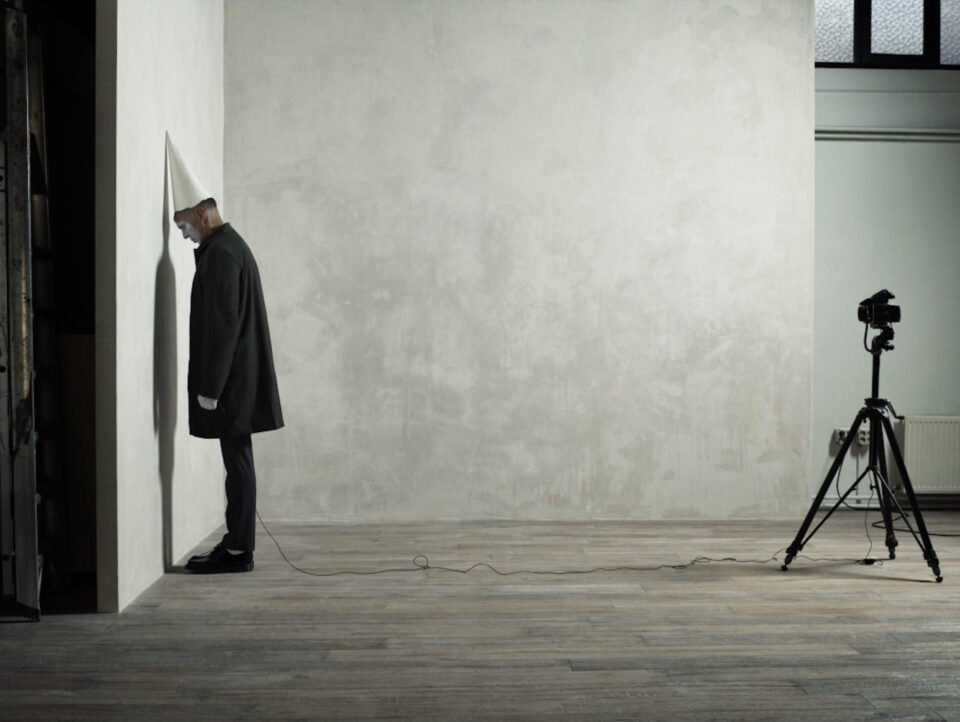
Erwin Olaf – Freedom is an affirmation that photography can be both beautiful and confrontational, intimate and universal. In revisiting Olaf’s oeuvre, we are reminded of the capacity of one artist to reshape perception, to challenge norms, and to illuminate the unseen. His influence extends beyond photography, resonating in the work of contemporaries and younger practitioners alike, and his meticulous exploration of the human condition ensures that his vision remains a guiding force in contemporary art.
Through the careful orchestration of light, shadow and emotion, Olaf created a visual language capable of traversing private grief, public identity and societal reflection. As visitors leave the Stedelijk exhibition, the lingering impression is one of quiet revelation: Olaf’s photographs do not merely depict; they confront, challenge, console, and question. In this sense, Freedom is both retrospective and prologue, a testament to an artist whose work continues to shape the dialogue of contemporary photography, inviting viewers into a space where seeing and understanding become intertwined.
In the end, Erwin Olaf’s legacy is inseparable from the act of looking itself. His images demand engagement, reflection, and sometimes discomfort. They remind us that one artist, through the precise calibration of vision and intention, can open new ways of seeing, feeling, and understanding the human experience. The Freedom exhibition at the Stedelijk is thus not only a commemoration of a life but a living invitation to confront the world with the same clarity, curiosity and courage that defined Olaf’s extraordinary career.
Erwin Olaf – Freedom is at Stedelijk Museum, Amsterdam, until 1 March.
Words: Shirley Stevenson
Image Credits:
1. Erwin Olaf, Palm Springs, American Dream, Self-Portrait with Alex I, 2018 © Estate Erwin Olaf, courtesy Ron Mandos Amsterdam.
2. Erwin Olaf, Berlin, Olympia Stadion Westend, Selbstporträt – 25th of April, 2012 © Estate Erwin Olaf, courtesy Gallery Ron Mandos Amsterdam.
3. Erwin Olaf, April Fool 2020, 11.30am, 2020 © Estate Erwin Olaf, courtesy Gallery Ron Mandos Amsterdam.
4. Erwin Olaf, April Fool 2020, 11.15am, 2020 © Estate Erwin Olaf, courtesy Ron Mandos Amsterdam.


